Heading for Tacoma, And driving too fast, Nixon’s in a coma, And I hope it’s gonna last chante Dean sur Rythm King. Avec cette profession de foi, difficile de résister. Sur son troisième album, Luna tricote des motifs hypnotiques et se fait le meilleur gardien du temple de son temps. Avec Luna, on voyait la lumière, les jambes de Chloe Sevigny et l’Angleterre. Avec Penthouse, Luna se plonge dans la nuit et dans les disques du Velvet.
Vingt-cinq ans plus tard, la beauté des onze chansons de ce disque est toujours intacte.
Dean Wareham
Pourquoi avoir appelé ce disque Penthouse ?
Dean Wareham : C’est une idée que l’on doit à Sean. C’était une blague qui suggérait le fait que nous vivions tous une grande vie de rock stars. Nous avons mixé l’album dans les studios RPM (qui était situé dans le penthouse d’un immeuble de la douzième rue) et il y avait les disques d’or des Rolling Stones et des Talking Heads accrochés sur les murs. C’est dans ce studio qu’ils avaient été enregistrés. Plus tard, Sean et Britta et moi avons vécu dans les étages supérieurs de nos immeubles. Mais ces derniers n’avaient pas d’ascenseur et nous devions monter cinq étages à pied. Cela n’avait rien d’un penthouse.
Discographie
LunaLa photographie utilisée pour la pochette est signée Ted Croner. Quand as-tu découvert ce cliché ? As-tu rencontré Ted ?
Nous avions initialement un autre plan pour la pochette de l’album. Ce devait être juste être une photo du groupe, mais pendant que nous faisions le disque, il y avait une petite exposition en galerie du travail de Ted Croner. Je l’ai rencontré alors qu’il vivait seul dans un loft dans le Flower disctrict de Manhattan et je lui ai rendu visite plusieurs fois. Il m’a raconté comment il était venu pour prendre certaines de ses célèbres images de la ville de New York – par une nuit glaciale à Central Park, ses mains tremblaient involontairement alors qu’il prenait une photo de la ligne d’horizon. Quand il a développé le film, il a vu ces stries de lumière créées par accident, qui sont devenues une partie de son style.
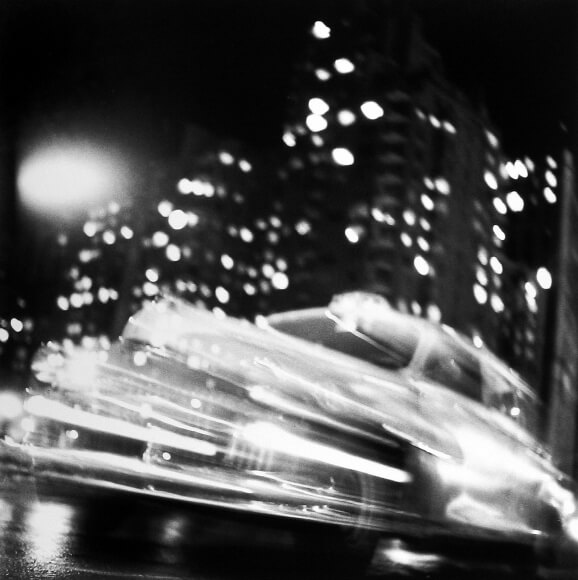
Gelatin silver print; printed 1997
Et pourquoi avoir travaillé avec Pat McCarthy et Mario Salvati ?
Nous avons choisi Mario Salvati parce que nous étions fans de l’album de Television qu’il avait enregistré en 1992. À la sortie des années 80, nous réagissions contre les sons des années 80 (ex : chorus, reverbs gated), à la recherche d’un producteur qui rendrait les choses plus naturelles. Et ce disque de Television était comme ça. Nous sommes d’abord allés en studio avec Mario pour enregistrer Chinatown et Bonnie & Clyde en tant qu’EP lorsque nous avons signé pour Beggar’s Banquet – et nous avons été ravis des résultats. Nous avons donc décidé d’enregistrer l’album entier avec lui. Mais notre label américain tenait à faire venir quelqu’un d’autre pour mixer l’album – ils aiment avoir une table de mixage qui a mixé un album à succès! Le nom de Pat McCarthy est arrivé sur la table. Il avait travaillé sur des disques relativement importants avec des producteurs comme Daniel Lanois et T-Bone Burnett.
C’est à ce moment que Pat est venu pour mixer ; mais il voulait faire plus que simplement mixer, il nous a dit : « Je veux vous aider à terminer l’enregistrement. » ce qui signifiait ajouter une instrumentation supplémentaire et réenregistrer certaines voix, chose qui me convenait parfaitement. Pat a également fait l’album suivant de Luna à savoir Pup Tent. Et la plupart des gens ne savent pas qu’il a également conçu l’album de Madonna, Ray Of Light. Pour moi, c’est l’un des meilleurs enregistrements de la décennie. Il a donc fait Penthouse et Ray of Light.
Pourquoi avoir choisi d’enregistrer aux Sorcercer Studios (NYC) ?
Mario Salvati y était employé et nous aimions sa situation géographique. Nous étions dans Soho, une partie exquise de Manhattan. Je pouvais aller au travail en marchant.
Moon Palace est-elle une référence à Paul Auster ? Quelle est l’histoire de ce morceau ?
Je venais juste de terminer de lire le livre. Dans ce livre d’Auster, Moon Palace est le nom d’un restaurant chinois. Notre chanson ne parle pas d’un restaurant chinois, mais peut-être que Moon Palace est une autre façon de dire « Luna Penthouse ». Justin Harwood a trouvé les accords. J’ai réécrit les paroles quand nous avons quitté les studios Sorcerer pour déménager aux studios RPM pour le mixage. La première version ne me satisfaisait pas. Parfois, les paroles semblent correctes sur le papier, mais au moment où tu commences à les chanter en studio, tu sais que ça ne marchera tout simplement pas! J’adore cette chanson. Son point culminant est le solo de guitare à 12 cordes de Tom Verlaine. Mario l’a persuadé de venir jouer quelques chansons. Évidemment, nous étions très excités.
Quelles étaient les relations entre Elektra et Luna au cours de cet enregistrement ?
L’ambiance était plutôt bonne même s’il y avait eu un gros bouleversement au sein du label. Après la fusion d’AOL et de Time Warner en une seule grande entreprise de médias, les nouveaux patrons ont licencié Bob Krasnow, le légendaire chef du label. Quand tu es signé dans une grande maison de disques, tu es là pour faire gagner de l’argent. Il faut vraiment avoir en tête cette idée. Il y avait donc une certaine pression pour écrire une chanson à succès, quelque chose que nous ne savions pas comment faire… Comment aurions nous pu ? Je n’avais jamais songé à faire un hit. Celui qui nous a protégé de tout cela était Terry Tolkin, notre directeur artistique. Chinatown a été écrite pour lui : « Out all night / chasing girlies / late to work, and goes home earlies ». Ce n’est pas bien dit mais ça fonctionne.
C’est difficile de s’en rappeler. Nous étions certainement en train de construire une base de fans assez solides. Et nous étions heureux d’avoir signé avec Beggar’s Banquet for Europe. Cela nous convenait bien plus que Warner Music.
Quel est ton meilleur souvenir lié à cet enregistrement ?
Écouter Tom Verlaine jouer le solo à la guitare de 23 Minutes in Brussels.
Il y a une reprise de Bonnie & Clyde de Gainsbourg sur cet album. Te rappelles-tu du moment où tu l’as découverte ?
Au début des années 90, je me suis mis à écouter Gainsbourg. Il était totalement inconnu aux États-Unis mais les choses commençaient à changer. Au lieu d’écouter du grunge et du rock alternatif, j’ai commencé à explorer la pop et le rock français, brésilien et même japonais. En plus de Luna, Terry Tolkin venait de signer Stereolab chez Elektra et il a suggéré que Laetitia et moi devrions chanter en duo. Cette reprise est son idée.
Quels sont tes disques favoris de cette époque ?
Je ne sais pas si ce fut une bonne année pour la musique mais mes disques préférés sont les suivants : Papas Fritas par les Papas Fritas, Pure Phase de Spiritualized, Wowee Zowee de Pavement et Cibo Matto de Cibo Matto.
Ce fut un enregistrement facile ?
Les premières sessions d’enregistrement (avec Mario Salvati) ont été assez faciles. Ce que je veux dire… il y a toujours des désaccords et des problèmes dans le groupe, mais c’est au final quelque chose d’amusant. Une fois que nous avons commencé à travailler avec Pat McCarthy, les choses ont ralenti. Mais honnêtement, je pense que c’est toujours plus facile de commencer des chansons et plus difficile de les terminer. Et Pat était très particulier. Pour la première fois de ma vie, un producteur m’a dit de recommencer un nombre incroyable de fois. Et en tant que mixeur, il pouvait travailler pendant des heures en s’assurant simplement que la voix était parfaitement placée dans la chanson, en faisant de minuscules ajustements à chaque mot… Mais il savait ce qu’il faisait.
Combien de temps cela vous a pris ?
Nous avons passé quatre semaines dans les studios Sorcerer avec Mario Salvati et trois semaines chez RPM avec Pat McCarthy. C’était la première fois que c’était aussi long pour nous. Surtout quand tu écris tes chansons en studio. Mais certains groupes mettent deux ans à écrire un disque alors.
Mario Salvati
Mario Salvati a travaillé avec Television, Tom Verlaine et… Vanessa Paradis. Il a produit Penthouse.
Comment es-tu entré en contact avec Luna ?
Mario Salvati : Je ne sais plus exactement comment nous nous sommes tous rencontrés à l’origine. J’avais déjà travaillé sur leur EP Bonnie and Clyde. Ce fut notre première expérience de travail ensemble. J’étais censé travailler après ça sur un album mais il y a eu un problème d’agendas. Je devais travailler avec Television. On s’est donc retrouvé pour Penthouse.
Comment as-tu trouvé le son de ce disque ?
J’adore le son que nous avons obtenu et leur jeu était magistral. Le groupe a décidé de faire le mix avec Pat McCarthy avec dans l’idée de repousser encore plus ses limites. Je dois admettre; Je préfère mes mixs moins produits à ceux initialement sortis et j’ai été assez surpris quand le groupe a décidé de sortir une version avec mes mix originaux remasterisés. Aucune des chansons n’a vieilli.
C’était facile de travailler avec Luna ?
Les Luna sont des gens très talentueux avec qui c’est très facile de travailler… Je fus très heureux de travailler avec eux. Sur ce projet comme sur d’autres.
Quel est ton meilleur souvenir lié à cet enregistrement ?
La facilité avec laquelle nous avons pu réaliser ce disque et mixer nos idées et nos visions respectives. La réalisation de ce disque fut d’une grande fluidité.
Quelle est ta chanson préférée de ce disque ?
C’est difficile d’en choisir un seul. Il y a quelques moments forts pour moi pour diverses raisons. Un moment spécial, la réalisation d’un son que quelqu’un avait évoqué, la performance du groupe ensemble. Si je devais choisir je dirais Chinatown et 23 minutes in Bruxelles… Si je devais choisir.
Luna - Penthouse
Penthouse de Luna est disponible chez Beggars Banquet.
- Chinatown
- Sideshow by the Seashore
- Moon Palace
- Double Feature
- 23 Minutes in Brussels
- Lost in Space
- Rhythm King
- Kalamazoo
- Hedgehog
- Freakin' and Peakin'
- Bonnie and Clyd
English text
Dean Waheram
What’s the reason behind the name of this record ?
Dean Wareham : It was Sean Eden’s idea, sort of a joke, suggesting we were all living the high life of rock stars. We did mix the album at RPM studios (which was located in the penthouse of a building on 12th Street) and there were gold records on the walls by the likes of the Rolling Stones and Talking Heads, who had recorded there in the ‘80s. Later both Sean and Britta and I did come to live on the top floors of our apartment buildings, but these buildings did not have elevators, so it meant walking up 5 flights of stairs. That’s not really a penthouse.
The picture used for the front cover was signed Ted Croner. When did you discover this picture ? Did you meet Ted Croner ?
We initially had another plan for the album art, it was just gonna be a photograph of the band, but while we were making the record there happened to be a small gallery show of Ted Croner’s work. And yes I did meet him, he lived alone in a loft apartment in Manhattan’s flower district and I visited him there several times. He told me about how he came to take some of his famous images of the New York City — on one freezing cold night in Central Park, his hands shook involuntarily as he took a photo of the skyline. When he developed the film, he saw these streaks of light that had been created by accident, which became part of his style.
Why did you choose to work with Pat McCarthy and Mario Salvati ?
We picked Mario Salvati because we were fans of the Television album he recorded in 1992. Coming out of the 1980s, we were reacting against the ‘80s sounds (e.g. chorus, gated reverbs), looking for a producer who would make things sound more natural. And that Television record was like that. We initially went into the studio with Mario to record “Chinatown” and “Bonnie & Clyde” as an EP when we signed to Beggar’s Banquet — and we were thrilled with the results. So we decided to record the whole album with him. But our American label were keen on bringing in someone else to mix the record — they like to have a mixer who has mixed a hit record! Pat McCarthy’s name came up. He had worked on some big records with producers like Daniel Lanois and T-Bone Burnett.
So Pat came in to mix — but he wanted to do more than just mix, he said “I want to help you finish the record, which meant adding some extra instrumentation and re-recording some of the vocals, which was fine with me. Pat also made our next album — Pup Tent. And most people are not aware that he also engineered mixed Madonna’s album Ray Of Light . . to me that is one of the greatest sounding records of the decade. So he did Penthouse and Ray of Light.
Why did you choose the Sorcercers Studios (NYC) ?
Mario Salvati was a house engineer there, and we liked the location, in the Soho section of Manhattan — I could walk to work.
Moon Palace is a reference to Paul Auster ? What’s the story of the Moon Palace songwriting ?
I had just read the book. In Auster’s book, Moon Palace was the name of a Chinese restaurant. Our song is not about a Chinese restaurant, but maybe “Moon Palace” is another way of saying “Luna Penthouse.” Justin Harwood came up with the chords. When we left Sorcerer Studio and moved to RPM for mixing, I re-wrote the lyrics, I was not happy with them. Sometimes the lyrics look okay on paper but the moment you start singing in the studio you know it’s just not going to work! I love that song — for me the highlight is the 12-string guitar solo by Tom Verlaine. Mario persuaded him to come and play on a couple of songs, very exciting for us of course.
What was the mood with Elektra during the Penthouse recording process ?
The mood was pretty good though there had been a big shake-up at the label. After AOL and Time Warner merged into one big media company, the new bosses fired the legendary label head Bob Krasnow. The truth is that if you are signed to a major label, they are in it to make money, you have to understand that. So there was some pressure to write a hit song, something we had no idea how to do, how could we? It certainly was not something I ever sat down to do.
Anyway none of this really effected us, we were protected by our A&R guy Terry Tolkin. . . I actually wrote the song “Chinatown” about Terry — out all night / chasing girlies / late to work, and goes home earlies (which is incorrect English but it works).
And you ? What was your mood in 1995 ? It was a good period for Luna ?
It’s hard to remember, but we certainly were building a following, and I think we had turned into a really good live band. And were happy that year that we signed to Beggar’s Banquet for Europe, which was a much better fit for us than Warner Music had been.
What was your best memory of this recording process ?
Listening to Tom Verlaine play guitar solos on “23 Minutes in Brussels”.
You did a cover of Bonnie And Clyde of Gainsbourg. Do you remember the day of the discover of this song ?
I had just started to listen to Gainsbourg, really until the 1990s he was almost invisible in the USA, but things were changing. Instead of listening to grunge and alternative rock, I started exploring French and Brazilian and even Japanese pop and rock. In addition to Luna, Terry Tolkin had signed Stereolab to Elektra and he suggested that Laetitia and I should sing a duet — “Bonnie & Clyde” was her idea.
What are your favorite records of this year ?
I really don’t think it was a great year for music. My favorites:
Papas Fritas by Papas Fritas,
Pure Phase by Spiritualized
Wowee Zowee by Pavement
Cibo Matto by Cibo Matto
How easy was this recording process ?
The early recording sessions (with Mario Salvati) were pretty easy. I mean, there are always disagreements and issues in band, but it was fun. Once we started working with Pat McCarthy, things moved slower. But honestly I think it’s easy to start songs, and more difficult to finish them. And Pat was very particular, for the first time in my life I had a producer tell me to do it again, and again, and again. And as a mixer, he could work for hours just making sure that the vocal sat perfectly in the song, making tiny adjustments to each word. . But he knew what he was doing.
How did long it take you ?
I think it was four weeks at Sorcerer with Mario Salvati, and another three weeks at RPM with Pat McCarthy, which was the longest we had ever take — but some of these songs we really were writing in the studio, and that takes time. As I’m sure you know, some bands take two years to make a record.
Mario Salvati
How did you meet Luna ?
I am not exactly sure how we all met originally. I worked on the Bonnie and Clyde EP, that was our first experience working together. I was supposed to work following that on an album but a conflict of schedules, I was working with Television at the time, and we had to wait until Penthouse to get together again.
How did you find the sound of Penthouse ?
I love the sounds we achieved and the playing was masterful. The band decided to mix with Pat McCarthy in a quest to try to push the limits further. I do have to admit; I prefer my less produced mixes to the ones initially released and was quite surprised when the band decided to release a version with remastered original mixes along with mine. The songs, playing all have stood the test of time beautifully.
How easy was to work with Luna ?
They are some of the most talented and easy going people to work with. Was a pure joy throughout out time together on this and other projects.
What’s your best memory of this recording process ?
The ease at which we were able to achieve the realization of the bands and mine ideas and vision. One of the smoother projects I have had the pleasure to be involved with.
What’s your favorite song of this record ?
Difficult to pick just one. There are a few highlights for me for various reasons…a special moment, realization of a sound someone had conjured in their head, band performance together. If I had to pick I would say Chinatown and 23 minutes in Brussels…If I had to pick.

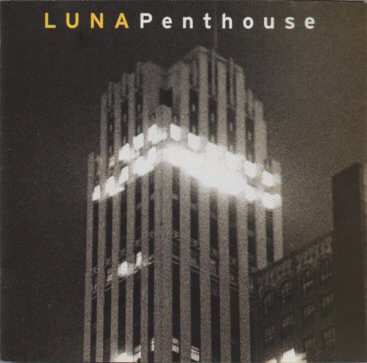
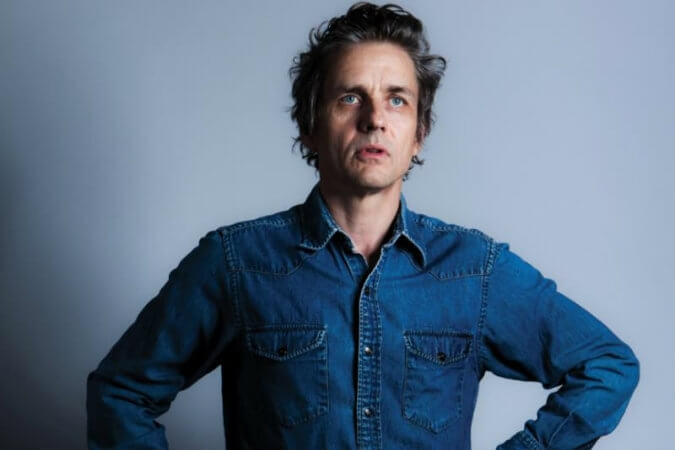
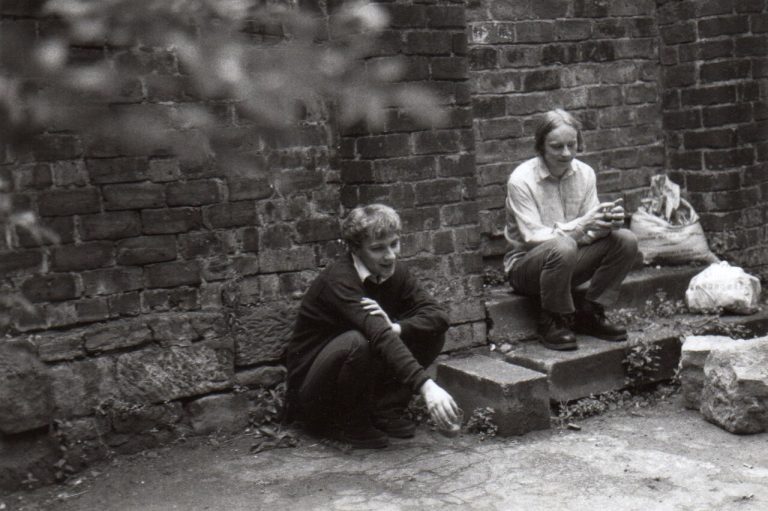
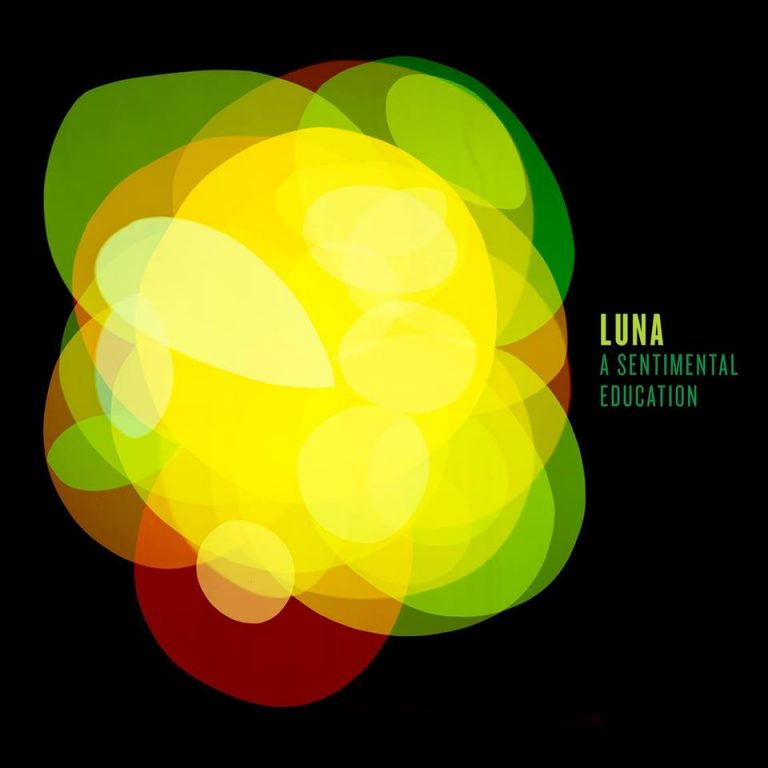
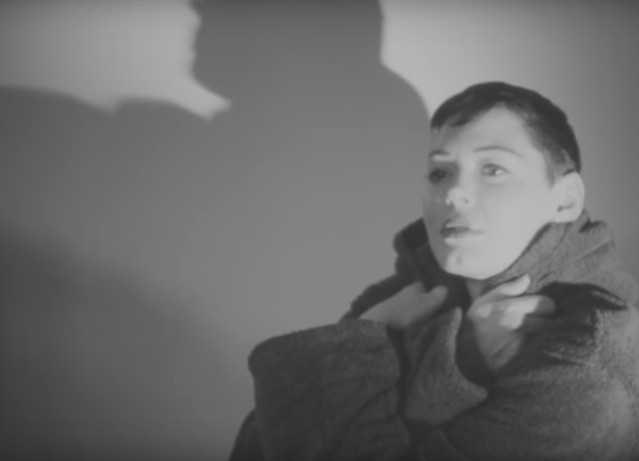
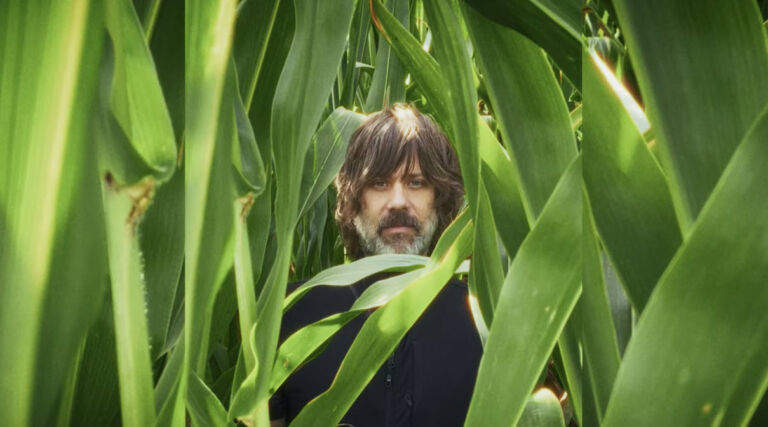
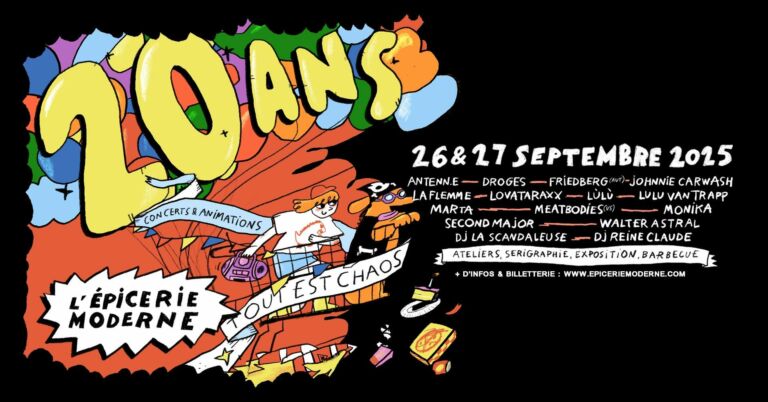
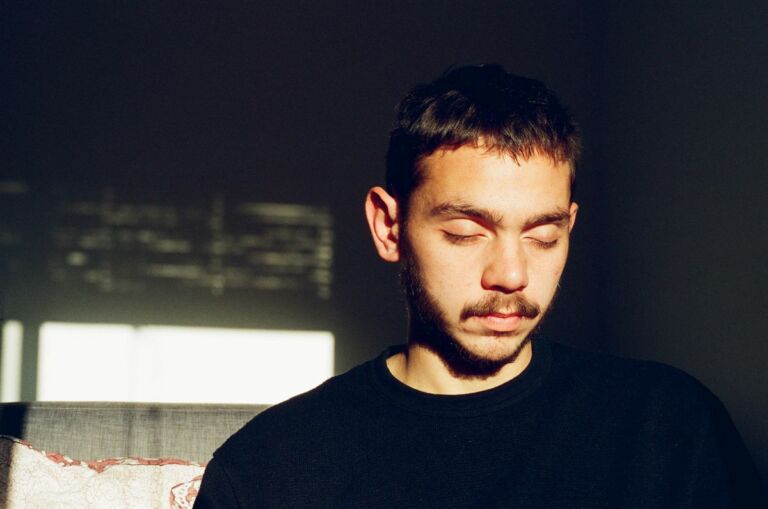
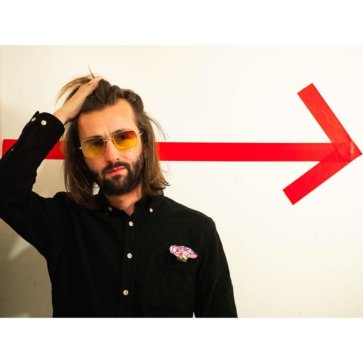 5 questions à … Tiste Cool
5 questions à … Tiste Cool